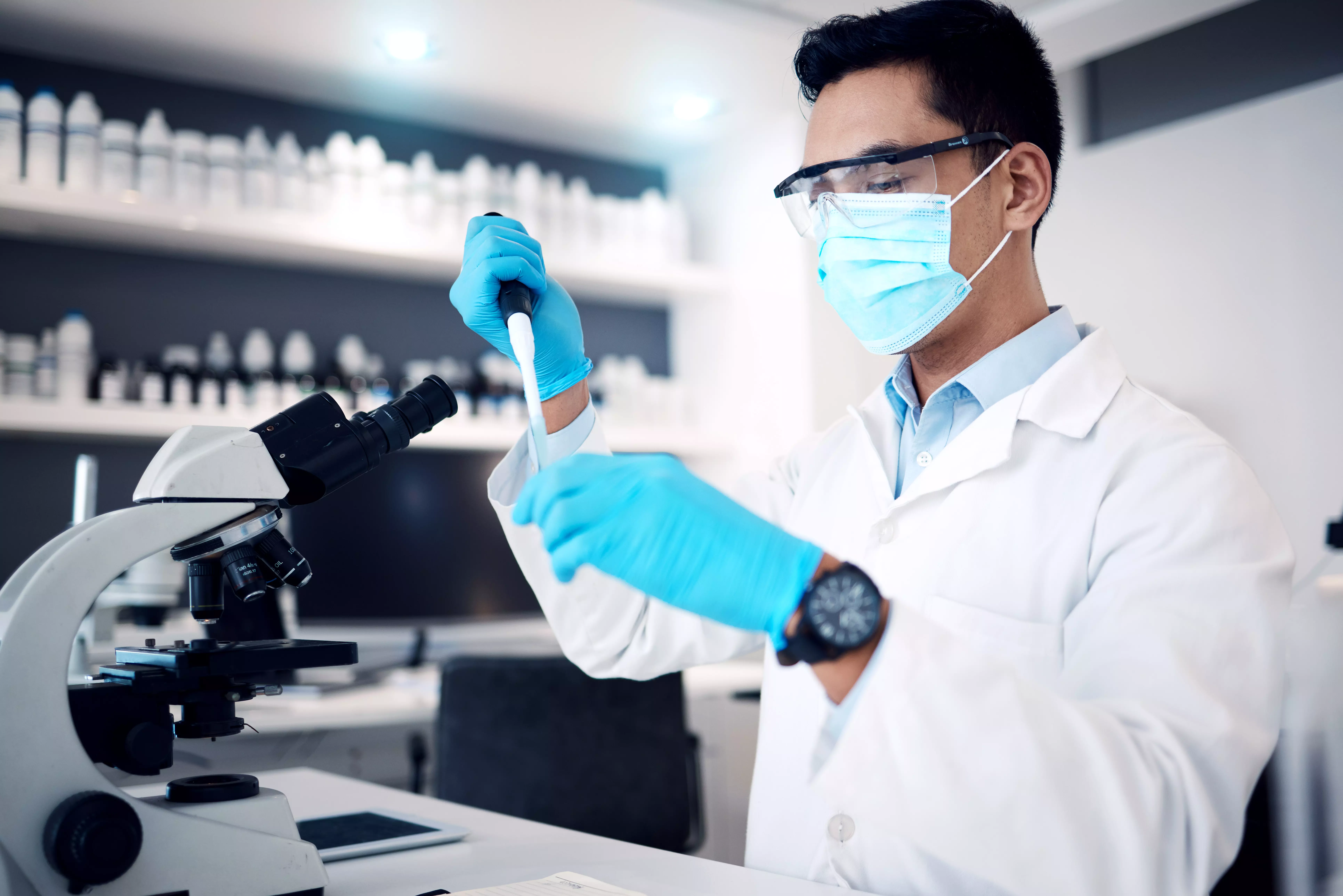Diagnosis of gastroenterological diseases
Gastroenterological diseases are an increasingly common problem in today's society. Diagnosing them is extremely important in order to implement appropriate treatment and prevent possible complications. In this article, we will present the most important diagnostic methods used for gastrointestinal diseases.
Physical examination
The primary diagnostic tool for gastroenterological diseases is the physical examination. The gastroenterologist assesses the patient's condition, takes a medical history and performs various palpation tests. For diseases of the stomach or intestines, nodules, changes in organs or possible swelling can be detected during palpation. The physical examination is an important diagnostic component, but often needs to be supplemented with additional laboratory or imaging tests.
Laboratory tests
When diagnosing gastroenterological diseases, laboratory tests are very important. One of the basic tests is a blood count, which can indicate the presence of inflammation or anemia. In addition, biochemical tests should be performed, such as determination of liver enzyme levels or ESR. These tests can provide information about the functioning of the digestive organs and indicate potential diseases.
In some cases, it is also necessary to perform stool tests, which can provide information about possible infections or the presence of blood. Stool tests are performed to detect parasites, viruses or bacteria that may be causing the patient's ailments.
Imaging studies
In the diagnosis of gastroenterological diseases, imaging examinations are very useful for seeing the anatomical structures of the digestive system. One of the most commonly used tests of this type is endoscopy. During an endoscopy, a flexible tube with a camera is inserted into the patient's body, which allows a thorough view of the inside of the stomach, duodenum or intestines. This is an extremely precise test that allows tissue sections to be taken for further diagnosis.
Another popular imaging test is an abdominal ultrasound or CT scan. These methods make it possible to assess the condition of internal organs, detect pathological changes or tumors. Also, magnetic resonance imaging (MRI) is used in the diagnosis of gastroenterological diseases, especially in cases that are difficult to evaluate radiologically.
Endoscopic examinations
When diseases of the stomach, duodenum or intestines are suspected, various types of endoscopic examinations are performed. One of these is gastroscopy, which is an examination of the inside of the stomach using a flexible endoscope. This is a painless, but sometimes uncomfortable procedure for the patient, which allows assessment of the condition of the gastric mucosa and collection of sections for further diagnosis.
Another endoscopic test is colonoscopy, which is an examination of the large intestine. As in gastroscopy, a flexible tube is inserted into the patient to view the inside of the intestine in detail. Colonoscopy allows the detection of pathological changes, such as polyps or tumors, as well as the collection of specimens for further study.
Summary
Diagnosis of gastroenterological diseases is extremely important and requires a variety of testing methods. Physical examination, laboratory tests, imaging studies and endoscopic examinations make it possible to precisely determine the cause of the patient's complaints. It is worth taking care of regular follow-up visits to a gastroenterologist to detect early and effectively treat possible gastrointestinal diseases.

Add comment